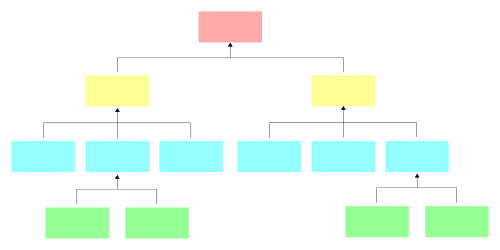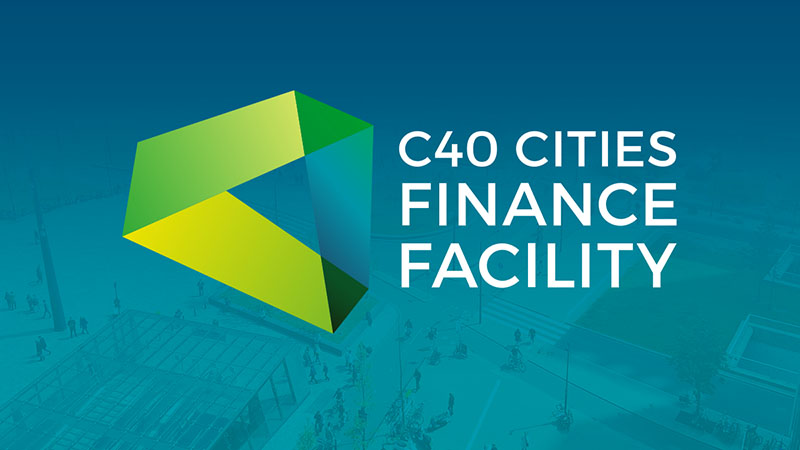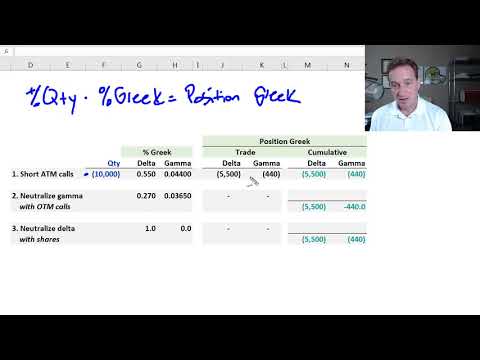Contents:


Also, the cost of recording and updating asset values on a regular basis is time-consuming and expensive. Furthermore, the sources that are available for determining present values are diffused, which makes updating them challenging. The primary one, of course, is that most people cannot agree on what an asset’s present value is, whereas the price paid as the asset’s acquisition cost is beyond dispute . For this reason, assets such as an organization’s technological skills, managerial capabilities, brands, and goodwill are not recorded as assets. Therefore, if a balance sheet shows an asset at a certain value, it should be assumed that this is its cost unless it is categorically stated otherwise. The difference between price and cost always depends on the context of the transaction, and where it occurs within the supply chain.
VW ID. 2all Concept Previews Low-Cost BEV for U.S. Market – Ward’s Auto
VW ID. 2all Concept Previews Low-Cost BEV for U.S. Market.
Posted: Wed, 15 Mar 2023 07:00:00 GMT [source]
It is determined as the ratio of Generated Profit Amount to the Generated Revenue Amount. A cost object is more of accounting and budgeting, whereas cost driver is more of the management. For example, Organization engaged in event management prepares the budget for each type of event so that optimum utilization of resources can be achieved and profit can be maximized. Should the after-sale services to the consumers be undertaken by the firm itself or should firm enter into some agreement with other firm for this important responsibility. When it comes to objectivity, the concept by contrast provides provides a relatively objective foundation for non-monetary asset accounting.
Cost Object in Budgeting
It is a cost which is incurred in past, incurred in the present accounting period and is likely to be incurred in future. The control- liability of certain cost may be shared by two or more executives. For example, materials cost where price paid is the responsibility of the purchasing department and the usage is the responsibility of the production supervisor. This distinction is primarily useful for expense and efficiency control. Fixed costs are those costs which are fixed in volume for a certain given output.
- That is assets are recorded at the cost that is paid to acquire them rather than their market value.
- Sunk costs are those costs that a company has committed to and are unavoidable or unrecoverable costs.
- The optimum size of the firm is that point which results in the lowest production cost and maximum efficiency.
- Even though standard costs are assigned to the goods, the company still has to pay actual costs.
- This is because the number of workers may need to increase if there is a hike in the production line.
On the other hand, trade discount are those which are actually incurred by the firm in payment for labour, material, plant, building, machinery, equipment, travelling and transport, advertisement, etc. The total money expenses, recorded in the books of accounts are, for all practical purposes, the actual costs. In accounting, costs are the monetary value of expenditures for supplies, services, labor, products, equipment and other items purchased for use by a business or other accounting entity. It is the amount denoted on invoices as the price and recorded in book keeping records as an expense or asset cost basis. In production, research, retail, and accounting, a cost is the value of money that has been used up to produce something or deliver a service, and hence is not available for use anymore.
Basis of Cost Classification
Thus, the opportunity cost of using resources in printing business, the best alternative is the expected return from the lathe, the second best alternative. In assessing the alternative cost, both explicit and implicit costs are taken into account. From the above, it may be stated that cost means the total of all expenses incurred for a product or a service. Thus, cost of an article means the actual outgoings or ascertained changes incurred in its production and sale activities. In short, it is the amount of resources used up in exchange for some goods or services. Fixed costs donot vary with the number of goods or services a company produces over the short term.
When such standard costs are compared with the actual costs, the reasons of variance will come out which will help the management to take proper steps for reconciliation. Practically, costs are classified according to their behaviour relating to the change in their volume of activity. On the other hand, if the business opts to follow the cost concept, it’s not allowed to record revaluation. It is famous for two of its varieties-Classic Coffee and Royal Coffee. All the categories include the costs of their nature of occurrence throughout the whole production cycle. An example of the sunk cost fallacy is when a business advertises a failed innovation in the hopes of increasing its sales and recovering the costs that have already been spent.

Distribution CostsDistribution cost is the total of all expenses incurred by the producer to make possible the delivery of the product from its location to the location of the end customer. Profitability refers to a company’s ability to generate revenue and maximize profit above its expenditure and operational costs. It is measured using specific ratios such as gross profit margin, EBITDA, and net profit margin.
Cons of cost concept in accounting
Thus, variable costs only determine the amount of profit one must earn by selling their profits. If a company earns a profit by manufacturing and selling one additional unit, then the profit is said to be the marginal profit. Economic cost involves all the expenses a firm faces, those it can manage, and those beyond the company’s control. Some of these economic costs include capital, labor, and raw materials.
Related Group plans 24-story riverfront tower in Jacksonville – The Florida Times-Union
Related Group plans 24-story riverfront tower in Jacksonville.
Posted: Fri, 14 Apr 2023 18:15:45 GMT [source]
This type of analysis can be used by management to gain insight into potentially profitable new products, sales prices to establish for existing products, and the impact of marketing campaigns. While cost accounting is often used by management within a company to aid in decision-making, financial accounting is what outside investors or creditors typically see. Financial accounting presents a company’s financial position and performance to external sources through financial statements, which include information about its revenues, expenses, assets, and liabilities. Cost accounting can be most beneficial as a tool for management in budgeting and in setting up cost-control programs, which can improve net margins for the company in the future.
Pricing determines the cost paid by a customer, but it may or may not be tied to the cost paid by the business to produce the product or service. Discount sales show how demand-based pricing works when demand is waning. Decreasing demand leaves a lingering supply, and the business may decide to lower prices to clear out the remaining inventory.
____ refers to implicit and explicit monetary and non-monetary costs. An implicit cost refers to the monetary value of the foregone benefits after choosing an alternative. ____is the cost an individual or business incurs from choosing one alternative over the other. A company that owns a factory and doesn’t pay rent faces the ____ of not renting the factory but using it for production purposes. The returns to scale will first increase, then remain stable for a time, and then start a downward trend. However, some years later, the milking machinery wears out and isn’t capable of milking cows anymore.
The trinkets are very labor-intensive and require quite a bit of hands-on effort from the production staff. The production of widgets is automated, and it mostly consists of putting the raw material in a machine and waiting many hours for the finished good. It would not make sense to use machine hours to allocate overhead to both items because the trinkets hardly used any machine hours. Under ABC, the trinkets are assigned more overhead related to labor and the widgets are assigned more overhead related to machine use. Additionally, there is the efficiency or quantity of the input used. If, for example, XYZ company expected to produce 400 widgets in a period but ended up producing 500 widgets, the cost of materials would be higher due to the total quantity produced.
Closing apparently unprofitable branch house-storage costs of other branches and transportation charges would increase. The private and public expenditure, however, serve only as an indicator of ‘public disutility’, they do not give the exact measure of the public disutility or the social costs. Generally assumed to equal the total private and public expenditures are incurred to safeguard the individual and public interest against the various kinds of health hazards created by the production system. Cost refers the monetary measure of the amount of resources given up or used for some specified purpose. It is the value the goods or services expended to obtain current or future benefits.
Overview of Total Cost Concept
A music shop, for example, may decide to mark-up guitars by 50% and keyboards by 60%. That means the price a customer pays for a guitar would be the cost the music shop paid plus 50% of that cost. A competing music shop on the other side of town may or may not use similar mark-up figures. This approach ignores what other sellers are setting their prices for the same product or a similar one. Instead, this pricing strategy bases the selling price on its relation to cost.

The company’s decision to maximize earnings relies on the behavior of its costs and revenues. Besides the concept of opportunity cost, there are several other concepts of cost namely fixed costs, explicit costs, social costs, implicit costs, social costs, and replacement costs. Total cost represents the value of the total resource requirement for the production of goods and services. It refers to the total outlays of money expenditure, both explicit and implicit, on the resources used to produce a given level of output. More conventionally, cost has to do with the relationship between the value of production inputs and the level of output.
Solar sails could be used to reach far edges of our solar system … – Interesting Engineering
Solar sails could be used to reach far edges of our solar system ….
Posted: Fri, 14 Apr 2023 14:12:00 GMT [source]
Such pollutions cause tremendous health hazards which involve health https://1investing.in/ to the society as a whole. Such costs are termed external costs from the firm’s point of view and social cost from society’s point of view. It is obtained by dividing the total cost by the total output , i.e. It supplies a medium by which the effectiveness of current results can be measured and the responsibility for derivations can be placed. Such costs are computed in advanced on the basis of past experience and records. Needless to say here that it becomes standard cost if it is determined on scientific basis.
Cost accounting is used internally by management in order to make fully informed business decisions. Competitive pricing, as the name suggests, looks to the seller’s competition before setting a price. Knowing the competition’s prices can give you a framework for your pricing. You may decide to match the competition, undercut them, or, if you feel you offer a better product or service, charge more than them.